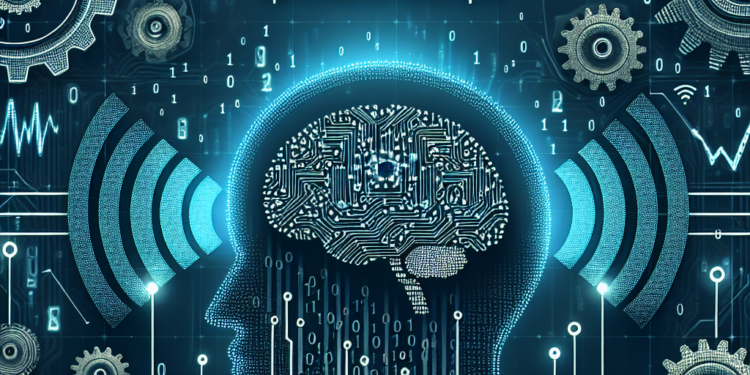In recent years, Artificial Intelligence (AI) has been a game-changer across various industries, revolutionizing the way businesses operate and improving efficiency. From self-driving cars to chatbots, AI technology has the potential to streamline processes, increase productivity, and save costs. However, like any technology, AI systems also have limitations and room for improvement. One of the key challenges faced by AI developers is optimizing the efficiency of AI models to ensure they perform well and deliver accurate results. In this article, we will explore how optimization techniques can be used to boost AI efficiency and tackle some of the issues faced by AI systems.
To understand the importance of optimization in AI, we must first understand what optimization techniques are and how they work. Optimization techniques are algorithms and methods used to improve the performance of a system by finding the best solution to a given problem. In the context of AI, optimization techniques are used to fine-tune AI models, improve their accuracy, and reduce errors. By optimizing AI systems, developers can ensure that the models perform efficiently and deliver reliable results.
There are various optimization techniques that can be used to enhance the efficiency of AI systems. One of the most common optimization techniques is gradient descent, which is used to minimize the error in machine learning models. Gradient descent works by iteratively adjusting the parameters of a model in the direction of the steepest descent of the error function. This helps the model converge towards the optimal solution and improve its performance.
Another popular optimization technique is genetic algorithms, which are inspired by the process of natural selection. Genetic algorithms work by generating a population of candidate solutions and iteratively evolving them to find the best solution to a problem. By selecting the fittest solutions and combining them through mutation and crossover, genetic algorithms can efficiently optimize AI models and improve their performance.
In addition to gradient descent and genetic algorithms, there are various other optimization techniques that can be used to boost AI efficiency, such as simulated annealing, Particle Swarm Optimization (PSO), and evolutionary algorithms. Each of these techniques has its strengths and weaknesses, and the choice of optimization technique depends on the specific problem being addressed and the nature of the AI model.
Optimization techniques play a crucial role in enhancing the efficiency of AI systems by fine-tuning their parameters, reducing errors, and improving accuracy. By optimizing AI models, developers can ensure that the systems perform well and deliver reliable results, which is essential for applications such as healthcare, finance, and autonomous vehicles.
One of the key benefits of using optimization techniques in AI is that they can help improve the performance of AI models without the need for additional data or computational resources. By fine-tuning the parameters of a model and optimizing its structure, developers can significantly enhance the efficiency of AI systems and achieve better results.
Another advantage of optimization techniques is that they can help address the issue of overfitting in AI models. Overfitting occurs when a model performs well on training data but fails to generalize to new, unseen data. By using optimization techniques such as regularization and dropout, developers can prevent overfitting and improve the generalization capability of AI models.
Moreover, optimization techniques can also help reduce the computational complexity of AI models, making them more efficient and faster to deploy. By optimizing the structure and parameters of a model, developers can streamline the computation process and improve the overall performance of the system.
In addition to enhancing the efficiency of AI systems, optimization techniques can also help address some of the ethical and societal issues associated with AI technology. By optimizing AI models and ensuring they perform well and deliver accurate results, developers can build trust in AI systems and alleviate concerns about bias, discrimination, and privacy violations.
Despite the numerous benefits of optimization techniques in AI, there are also challenges and limitations that developers need to be aware of. One of the key challenges is the complexity of optimizing large-scale AI models with millions of parameters. As the size and complexity of AI models increase, the optimization process becomes more challenging and time-consuming, requiring advanced algorithms and computational resources.
Another challenge in optimizing AI systems is the trade-off between accuracy and efficiency. In many cases, optimizing an AI model for performance may require sacrificing some efficiency, such as increasing the computational time or memory requirements. Developers need to carefully balance these trade-offs and find the optimal solution that meets the requirements of the application.
Moreover, optimization techniques are not a one-size-fits-all solution and may not work effectively for all types of AI models. Different optimization techniques have their strengths and weaknesses, and developers need to experiment with various methods to find the most suitable approach for a given problem.
Despite these challenges, optimization techniques remain a crucial tool for boosting the efficiency of AI systems and improving their performance. By fine-tuning parameters, reducing errors, and enhancing accuracy, optimization techniques can help developers build robust and reliable AI models that deliver accurate results and drive innovation across various industries.
In conclusion, optimization techniques play a vital role in boosting the efficiency of AI systems and addressing the challenges faced by AI developers. By fine-tuning parameters, reducing errors, and improving accuracy, optimization techniques can help enhance the performance of AI models and ensure they deliver reliable results. As the demand for AI technology continues to grow, the importance of optimization techniques in AI will only increase, driving innovation and progress in the field. By leveraging optimization techniques, developers can unlock the full potential of AI technology and build advanced systems that enhance productivity, drive efficiency, and transform industries.













